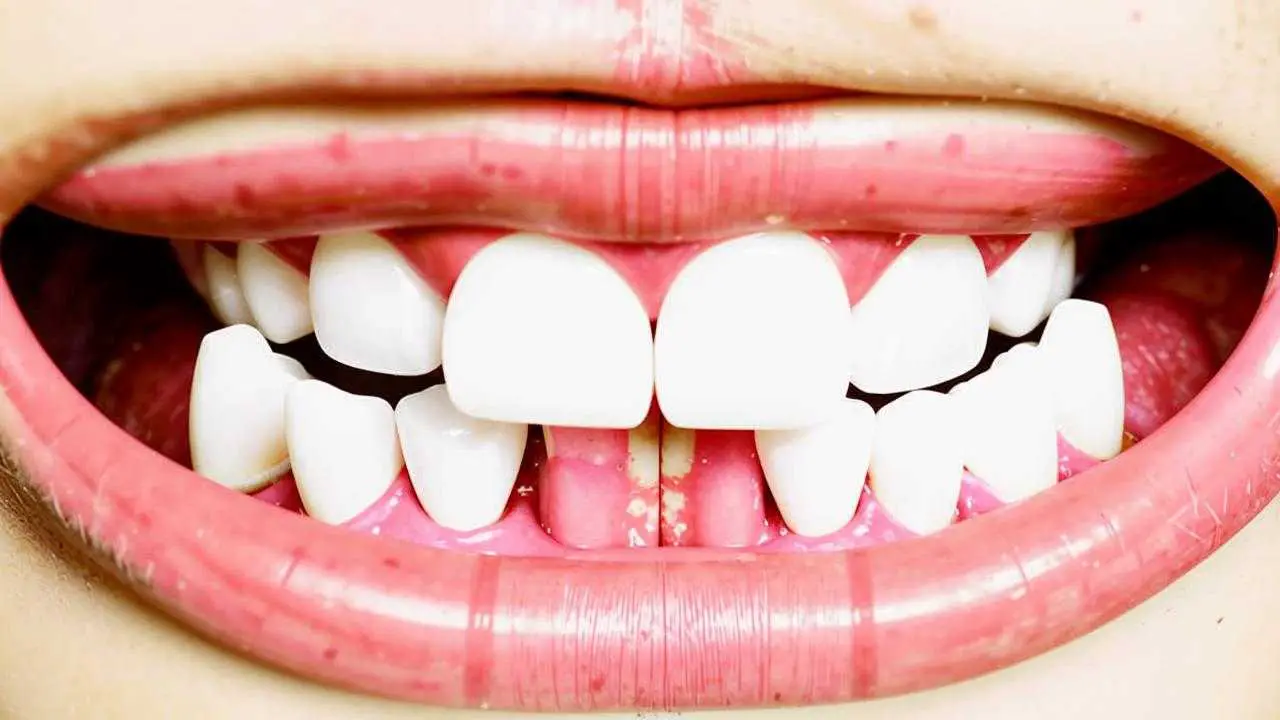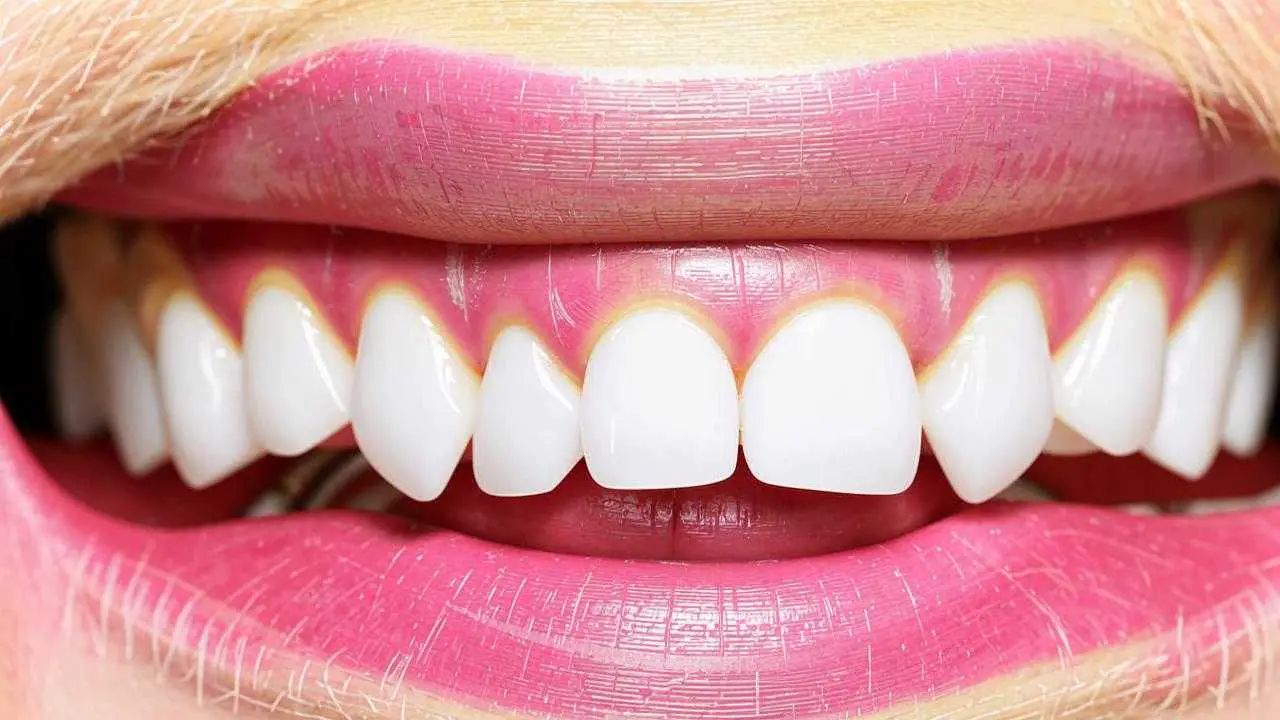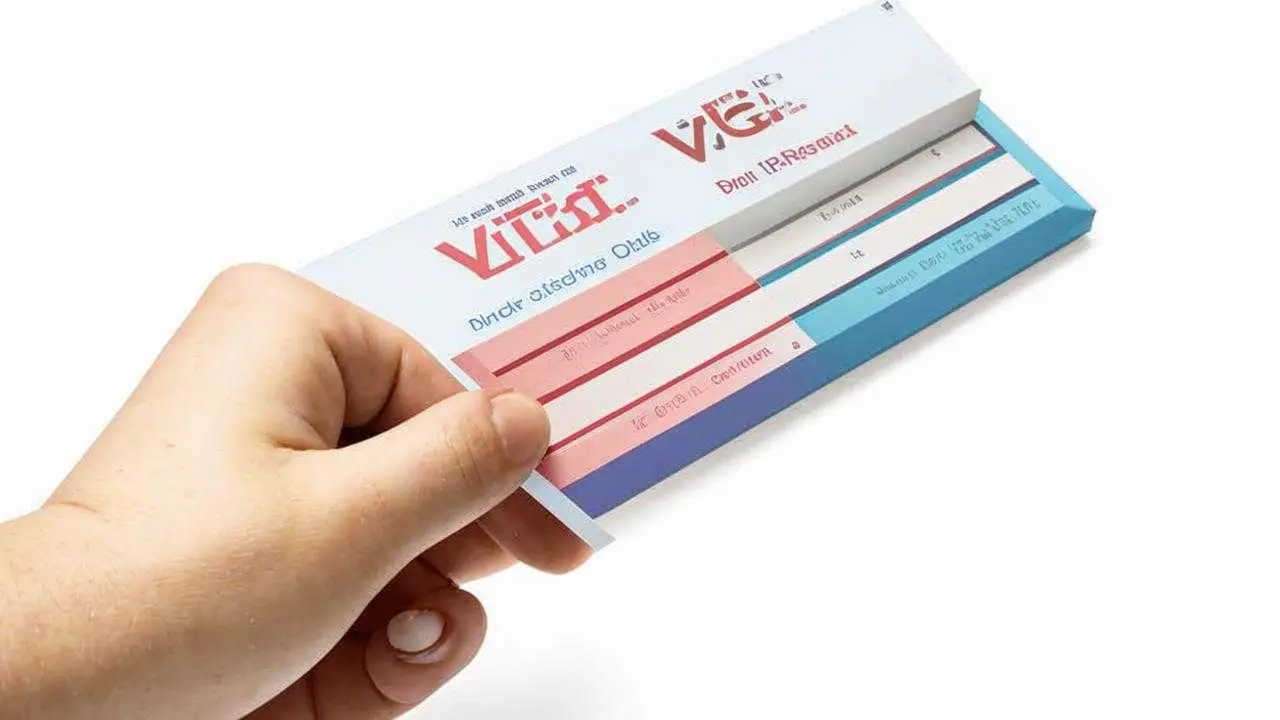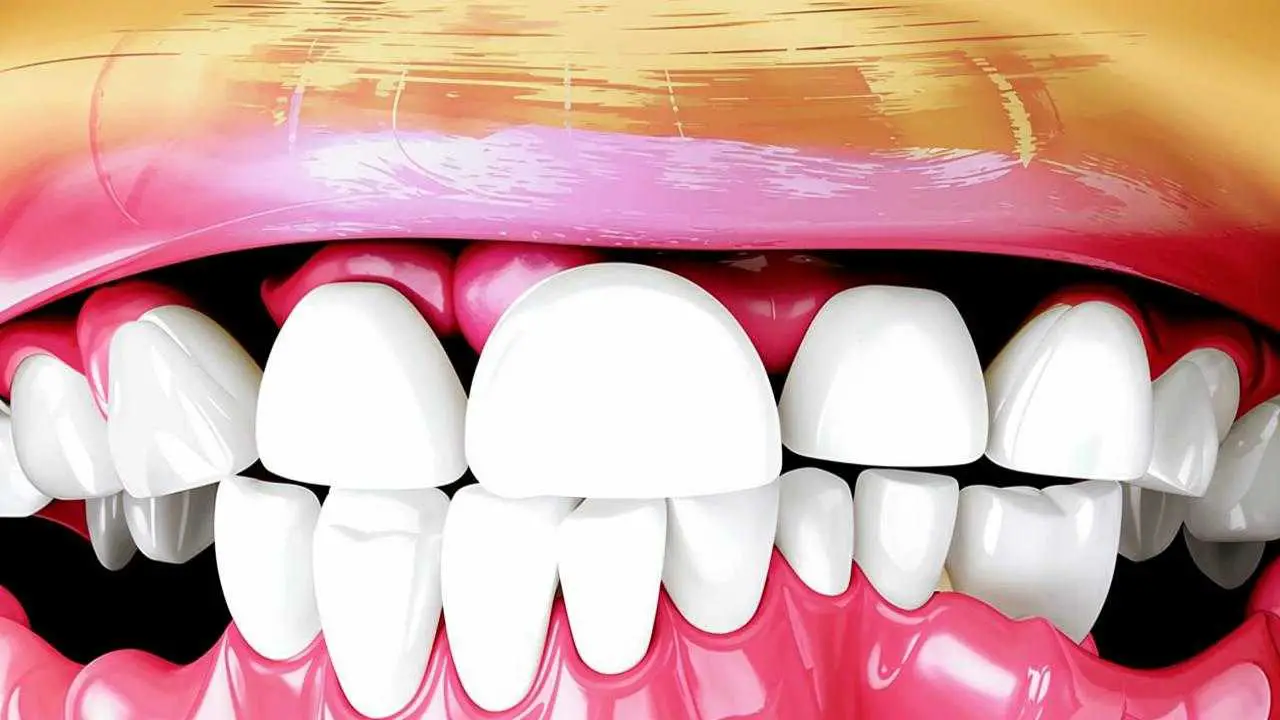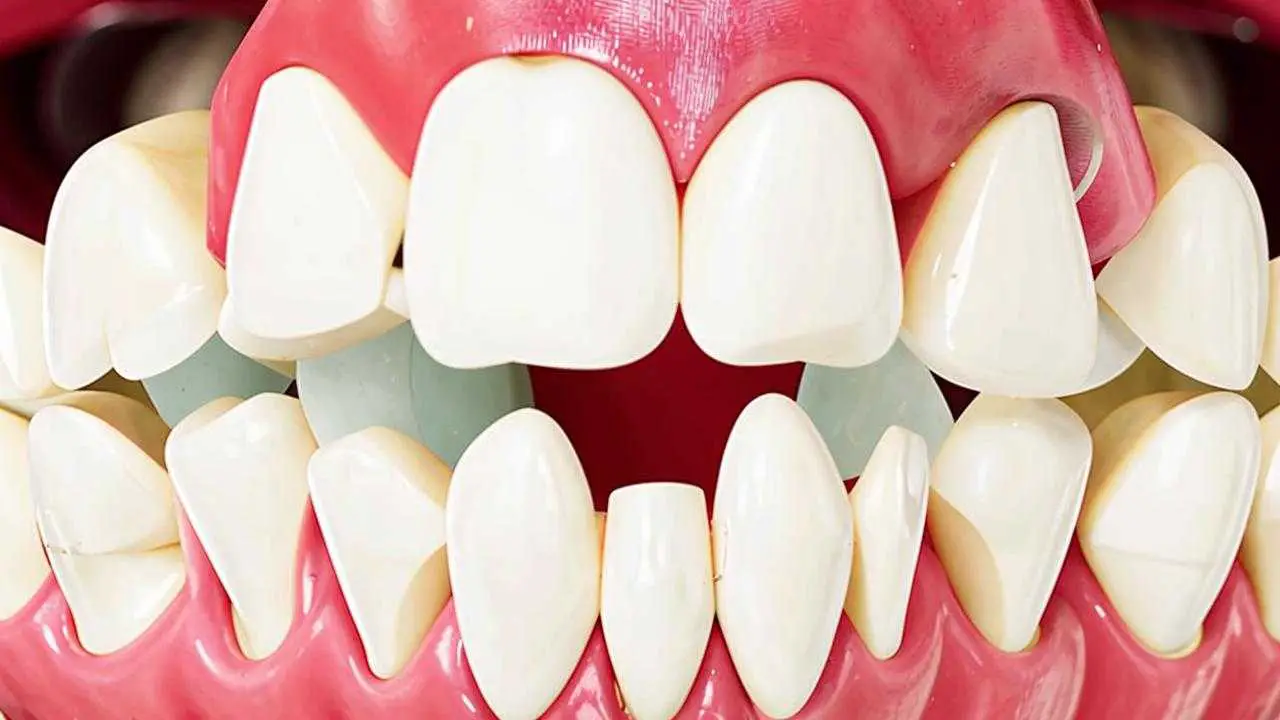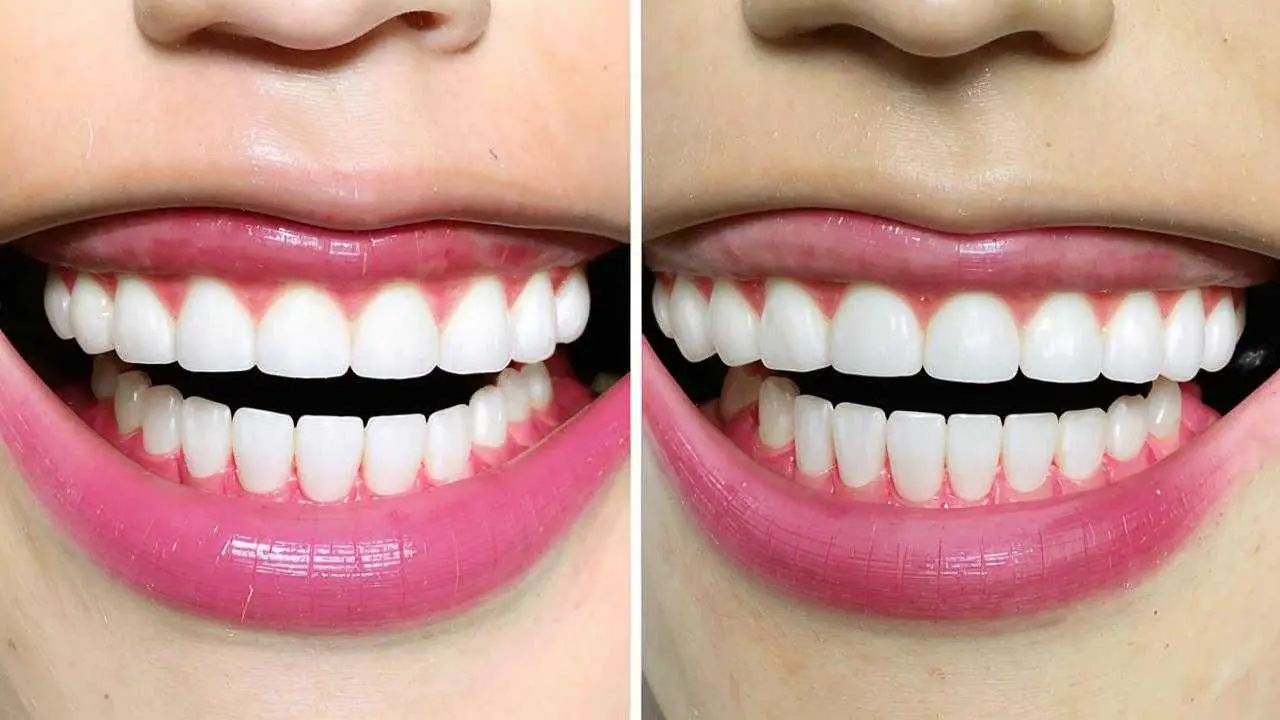Veneers are thin onlays made of reflective composite, ceramic or zirconia. These onlays are used in dentistry to hide cracked and chipped teeth, gaps between them, stains or unsightly color. Veneers have many advantages, they are:
- durable, lasting up to 20 years;
- wear-resistant, not scratched by food or toothbrushes;
- do not change color (ceramic).
But there is one point, because of which many people refuse veneers. To prepare the surface for veneers, the teeth are prepared. Less than for crowns, but nevertheless, they remove part of the enamel. This discourages many patients. However, there is a method where veneers can be placed without grinding the teeth.
When preparation for veneers is not necessary
Composite veneering is a method in which composite is applied to the tooth layer by layer, each time drying it with light. This allows the dentist to adjust the thickness of the veneer, shaping the incisal edge and molding the shape. Due to the layer-by-layer application, the tooth does not need to be ground, the surface is simply sanded. In all other cases, the enamel is sanded down to different depths.
There is another type of onlays that do not require grinding – these are lumineers. They are made of a special material, only in the USA. You have to wait for delivery, and if 1 lumineer breaks, then also wait until it is made and sent. The Russian analog, ultranires, you do not have to wait long, but if you need to correct the shape of the tooth, it will still have to be trimmed.
Thin veneers can correct only slight defects: lighten the teeth by a couple of tones, close a dim pigmentation, disguise the gap between the teeth.
This method has disadvantages:
- Even ultra-thin veneers without trimming enlarge the teeth. If the teeth are small, this is not noticeable, but if the teeth are large, they look visually too massive.
- It is not possible tocorrect the shape of atooth without clipping
- It is difficult to smooth the transition of the veneer to the gum, bacteria can accumulate there, causing tooth decay.
How teeth are ground for veneers
The process of installing veneers consists of several stages. The first is diagnosis and development of a treatment plan. The preparation of teeth for veneers begins with the sanitation of the oral cavity. It is important to treat all teeth, remove plaque.
Next, the dentist selects the color. For this purpose, a special scale is used, which allows you to choose from 20 shades. Only after that comes the turn of clipping.
Many people are frightened not by the process of preparation, but by the pain. In fact, the procedure is painless, it is carried out under local anesthesia.
The grinding of teeth before veneers is carried out in a certain sequence:
- determining the thickness of the enamel to be removed;
- grinding the enamel from the front surface in such a way as to leave a layer of enamel;
- shaping of the gingival ledge;
- grinding of the lateral surfaces;
- treatment of the incisal edge.
The number of steps depends directly on the condition of the teeth. If the cutting edge is even, well-preserved, then only the front (vestibular) surface is ground.
If the edge of the tooth is damaged as a result of caries, trauma or pathological erosion of teeth, it must be processed, smoothed and shaped.
The depth of grinding under veneers depends on its thickness. For ultra-thin remove about 0.2 mm, for ceramic – 0.7 mm, but can go up to 1.5 mm. If the enamel layer is thin, then after grinding under veneers, the teeth are covered with glass ionomer cement to protect the dentin.
The dentist removes the main part of the enamel with a coarse diamond drill, and the edges are treated with a fine-grained nozzle.
It is very important to leave the enamel layer intact. The fact is that the structure of dentin is such that dental cement (adhesive) does not hold on it well. The onlays attached to dentin will quickly fall off. The presence of a layer of enamel, means many years of functioning.
How to avoid complications
The skill of the dentist when installing veneers plays a huge role. If the doctor, carelessly, reaches the dentin, it already threatens poor adhesion (bonding). And if he touches the pulp, the result can be very sad: acute or chronic pulpitis, secondary caries. Therefore, the dentist must observe certain rules when preparing teeth for veneers:
- Regularly interrupt the preparation for supervision
- Use air/water cooling
- Observe the speed limits
- Perform gingival retraction (floss is inserted under the gingival margin to avoid damage).
The bond strength depends on how the teeth are ground for veneers, but leaving too thick a layer of enamel is not good either. The onlay will protrude, the marginal fit will not provide protection against microleakage. This will lead to bacterial growth, decay and inflammation.
After the preparation, the dentist makes an impression of the jaws, and temporary veneers are placed on the teeth. They are made of acrylic plastic, they are quite fragile, and the main thing is that they are not put on each tooth separately, but represent a whole construction.
The doctor sends the impressions to the laboratory, where the technician, using one of the 3 available technologies, makes individual overlays. They exactly follow the anatomy of the tooth and look like natural enamel.
After fitting, the doctor fixes the onlays. To do this, he dries the surfaces, treats them with acid, etches both the tooth and the veneer. Then he applies adhesive and fixes the plate on the tooth. It is not painful to place the veneers, the only discomfort is from the open-mouth position.
Permanent veneers
After that, the patient’s area of responsibility begins. Veneers are strong, but thin. Therefore, care must be taken to avoid traumatic situations:
- do not chew nuts, seeds;
- do not bite threads;
- do contact sports in a mouth guard.
Otherwise, care for veneers is the most usual: daily brushing, flossing, regular professional cleaning and preventive examinations once every six months.
Conclusion
To summarize:
- Teeth preparation allows you to achieve a highly aesthetically pleasing smile for years to come
- Teeth are prepared for veneers using minimally invasive methods, and a minimal layer of enamel is removed.
- It is not painful to install veneers
- The success of placement depends on the dentist and technician as well as on the patient.
